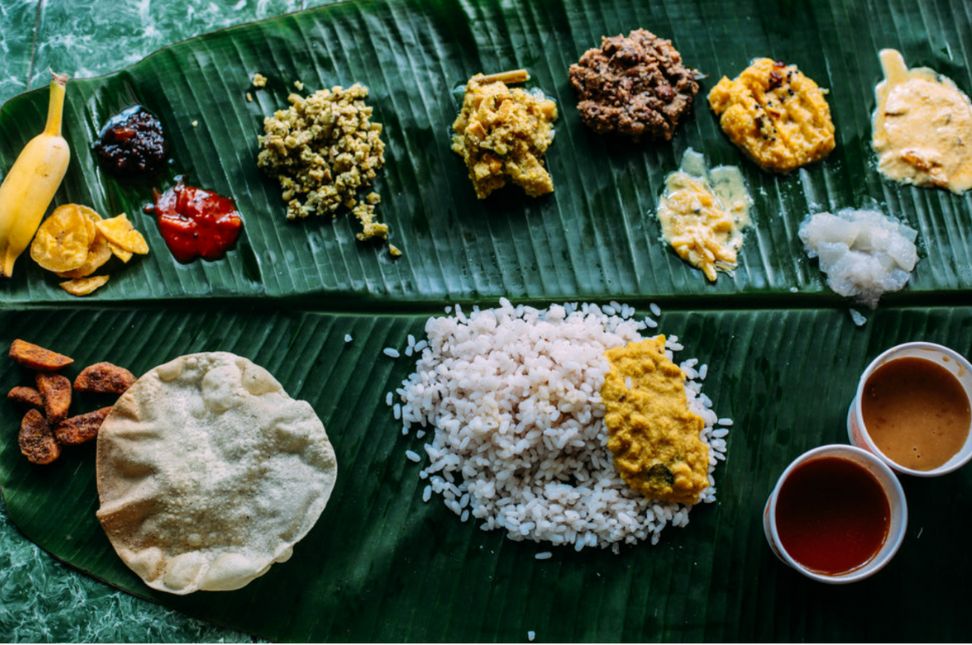Ganesha Chaturthi history is deeply intertwined with India’s cultural and spiritual traditions. This festival, dedicated to Lord Ganesha, the elephant-headed deity of wisdom and prosperity, is one of the most significant and widely celebrated in the Hindu calendar. Understanding the Ganesha Chaturthi history offers insights into its origins, evolution, and the profound significance it holds for millions of devotees.
Ancient Origins of Ganesha Worship
The roots of Ganesha Chaturthi history can be traced back to ancient India, where Lord Ganesha has been revered for centuries. While the exact origin of Ganesha worship is not clearly documented, references to the deity can be found in various ancient texts, including the Rigveda, which dates back to 1500-1200 BCE. Ganesha is described as the “Vighnaharta,” the remover of obstacles, and “Vinayaka,” the leader of all beings. These early mentions indicate that Ganesha was an important deity even in ancient times, though the festival of Ganesha Chaturthi itself was not yet formalized.
The Birth of the Ganesha Chaturthi Festival
The formal celebration of Ganesha Chaturthi as a public festival is believed to have begun during the reign of the Maratha ruler Chhatrapati Shivaji Maharaj in the 17th century. Shivaji, who ruled over the Maratha Empire, promoted the worship of Ganesha to foster a sense of unity and cultural pride among his people. This period marks a significant chapter in Ganesha Chaturthi history, as the festival began to take on the form of a public celebration with large gatherings, processions, and communal worship.
Revival During the British Raj
A major turning point in Ganesha Chaturthi history occurred during the British colonial period in India. In the late 19th century, the festival was revitalized by the Indian freedom fighter Lokmanya Bal Gangadhar Tilak. Tilak transformed Ganesha Chaturthi from a private family affair into a grand public event, using it as a platform to unite Indians against British rule. He recognized that the festival could serve as a means to bring people together across caste and community lines, fostering a sense of national identity and resistance. Under Tilak’s influence, Ganesha Chaturthi history was reshaped, and the festival became a symbol of Indian unity and patriotism.
Ganesha Chaturthi in Modern Times
In the years following India’s independence, Ganesha Chaturthi history has continued to evolve. Today, the festival is celebrated with immense fervor across India, especially in states like Maharashtra, Karnataka, Andhra Pradesh, and Tamil Nadu. The grandeur of the festival has grown, with elaborately crafted idols, massive processions, and vibrant cultural events becoming integral parts of the celebration. Ganesha Chaturthi history now includes not only the religious and spiritual aspects of the festival but also its role in promoting environmental awareness, with many communities opting for eco-friendly idols and sustainable practices.

Cultural Significance and Global Reach
Ganesha Chaturthi history is not confined to India alone. The festival has transcended national boundaries, with Hindu communities around the world celebrating it with equal devotion. From the United States and Canada to the United Kingdom and Australia, Ganesha Chaturthi has become a global festival, reflecting the rich cultural heritage of India. The festival’s history, deeply rooted in Indian traditions, continues to inspire and unite people across the world, making it a celebration of universal values like wisdom, prosperity, and community.
Conclusion
The Ganesha Chaturthi history is a fascinating journey that reflects the rich tapestry of India’s cultural and spiritual heritage. From its ancient origins to its revival during the freedom struggle, and its transformation into a global celebration, Ganesha Chaturthi has always been more than just a festival. It is a time for reflection, unity, and celebration of the enduring values that Lord Ganesha represents. As we continue to celebrate Ganesha Chaturthi, we honor not only the deity but also the rich history that has shaped this vibrant and beloved festival.




